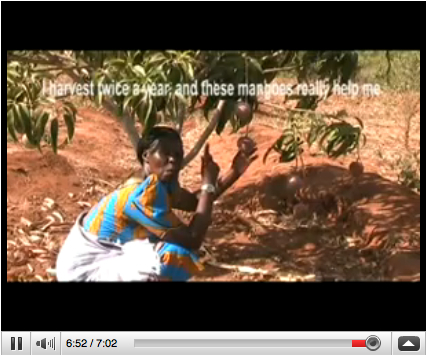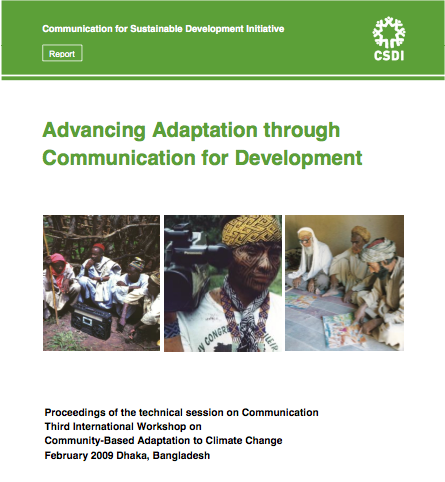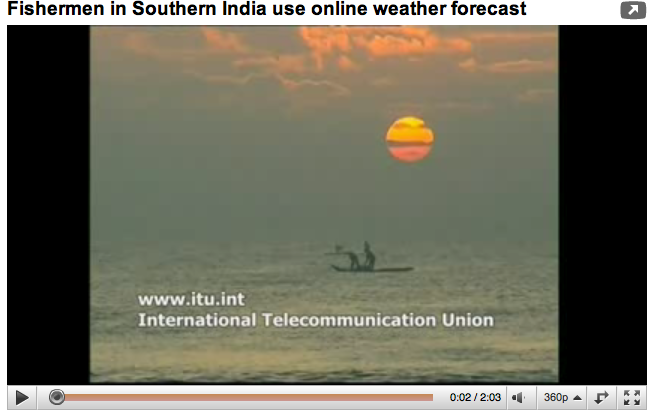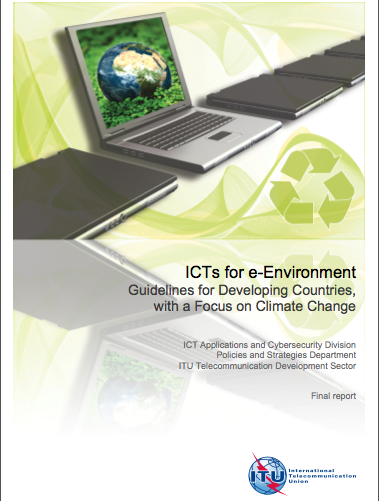 Five years after Hurricane Katrina hit New Orleans with devastating force and catastrophic consequences, important lessons about vulnerability, resilience and innovation continue to emerge.
Five years after Hurricane Katrina hit New Orleans with devastating force and catastrophic consequences, important lessons about vulnerability, resilience and innovation continue to emerge.
Despite the fact that this disaster took place in the context of a developed nation, its effects on poor and marginalized populations reminded us that prevailing vulnerabilities can act as threat multipliers, and suggest key lessons in terms of the ability of a system –at the household, community and national levels- to withstand, recover and adapt to short term hazards and long term climatic trends.
These lessons are becoming increasingly relevant for developing countries, struggling to cope and adapt to the impacts of climate change.
What can developing contexts learn from disasters such as Katrina in terms of the role of resilience and innovation?
The lessons are multifold. A recent article by Andrew Revkin identifies eight key resilience findings from New Orleans, all related to the challenges posed by climate change and associated hazards. The following are some of the main issues drawn from Robert Kates’ findings, which can in turn be used to reflect on the potential of ICTs towards climate change resilience:
- Understanding and tackling existing vulnerabilities play a key role in the response to climate change, in both developed and developing contexts.
- Building community resilience is a long-term process that involves much more than ‘bouncing back’ in the aftermath of a disaster, including the capacity for anticipation (e.g. early warning systems), emergency response, rebuilding and reconstruction.
- Surprises should be expected, and resilient communities learn from them in order to strengthen future anticipation, response and recovery strategies.
- The importance of scientific and technological knowledge resides in the extent to which is effectively disseminated and used at the micro, meso and macro levels.
- Multi-stakeholder partnerships and social networks constitute important foundations of resilience in vulnerable environments.
- Disasters accelerate pre-disaster trends, including issues such as declining livelihoods sustainability and migration.
- Vulnerability has numerous dimensions, and the impact of climate change-related events is hardest when geophysical vulnerability is matched by vulnerability at the social, economic and political levels.
- Increased adaptation to short term, frequent threats can increase long-term vulnerability to rare disasters or changing trends. This suggests the need for systemic, longer-term perspectives in climate change strategies.
These findings evidence the important role of resilience to strengthen the ability of vulnerable communities to anticipate, respond, recover and adapt to climatic events. But the rapid diffusion of mobile phones and the widespread adoption of Internet and Web 2.0 tools, pose the challenge of rethinking these findings in light of the potential (and risks) of innovative tools such as Information and Communication Technologies (ICTs) within vulnerable environments impacted by the effects of climate change.
Therefore, based on Kates’ findings we could ask:
How can innovative approaches using ICTs tools help us tackle existing vulnerabilities in the face of both short and long term climate change threats, help vulnerable communities to better anticipate and respond to climatic uncertainty, facilitate the dissemination and access to relevant knowledge, and foster partnerships and collaborative networks to help reduce climate change vulnerability?
One approach to analyzing the linkages between ICTs and resilience is based on the set of resilience sub-properties identified in a recent paper produced by the University of Manchester’s Centre for Development Informatics with the support of Canada’s IDRC, as follows:
- the role of ICTs to strengthen the robustness of vulnerable systems (e.g. increasing preparedness through applications such as GIS or modeling applications);
- the role of ICTs in broadening the scale of assets to which communities can have access (e.g. integrating local producers with broader supply chains through mobile applications);
- the role of ICTs fostering redundancy of resources (e.g. facilitating access to additional financial capital through Internet applications);
- the role of ICTs increasing rapidity in the access and mobilization of assets (e.g. through mobile-based communications networks or mobile banking);
- the role of ICTs supporting flexibility to identify and undertake different actions (e.g. by enhancing access to knowledge and supporting livelihood diversification);
- the role of ICTs in support of processes of self-organisation (e.g. facilitating social networking and collaboration);
- the role of ICTs fostering learning (e.g. enhancing local skills and dissemination of traditional and new knowledge).
Most of these sub-properties can be related to the resilience findings that Kate highlights from the experience of New Orleans, and play an important role in the exploration of the role of ICTs and innovation towards resilience building within vulnerable contexts.
—————————————————
For additional information on resilience lessons from New Orleans see:
Colten, C.E., Kates, R.W, and Laska, S.B. (2008), “Community Resilience: Lessons from New Orleans and Hurricane Katrina”, CARRI Research Report 3. Available at: http://www.resilientus.org/library/FINAL_COLTEN_9-25-08_1223482263.pdf
 Remembering plays an important role in times of change. It provides us with the necessary experience to move forward and with sources to seek renewal and re-organisation, which in turn are crucial for building resilience and strengthen the capacity of vulnerable communities to adapt to the effects of climate change.
Remembering plays an important role in times of change. It provides us with the necessary experience to move forward and with sources to seek renewal and re-organisation, which in turn are crucial for building resilience and strengthen the capacity of vulnerable communities to adapt to the effects of climate change. The concept of Resilience occupies an increasingly prominent place within the climate change debate.
The concept of Resilience occupies an increasingly prominent place within the climate change debate.
 More than 10 years ago, before the debate over climate change was at the forefront of the international agenda, Thomas Homer-Dixon referred to Ingenuity as ideas applied to solve practical social and technical problems; a concept that goes beyond the development of new technologies or drought-resistant crops, and includes more efficient markets and better social arrangements (1).
More than 10 years ago, before the debate over climate change was at the forefront of the international agenda, Thomas Homer-Dixon referred to Ingenuity as ideas applied to solve practical social and technical problems; a concept that goes beyond the development of new technologies or drought-resistant crops, and includes more efficient markets and better social arrangements (1).






